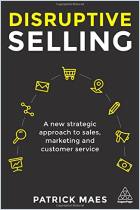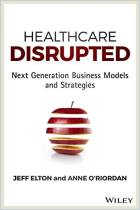The Boston Consulting Group completed studies assessing medtech commercial models in 2013 and 2017, concluding that the industry’s habit of sending representatives on frequent in-person sales visits was unsustainable and high cost, but improvable through digital means. Their most recent follow-up study involved 200 interviews and surveys of over 8,500 medtech employees in Japan, Europe, the United States and the BRIC countries. Results indicate six “next-generation design pivots” that innovative medtech companies should pursue in the name of a next-generation commercial model.
The foundation of traditional medtech sales is costly in-person sales calls. An omnichannel commercial model can increase efficiency and reduce costs.
The COVID-19 pandemic pushed medtech commercial teams into new ways of contacting customers, giving them a glimpse of how an omnichannel commercial model might operate. As the pandemic winds down, medtech companies shouldn’t abandon these new ways of working, but should instead build on lessons learned to create a next-generation commercial model.
The traditional medtech commercial model costs up to three times as much on SG&A (selling, general and administrative) when compared to industrial or technology-based companies. Medtech sales rep productivity hasn’t made appreciable gains over the last decade. Companies that have already made efforts to create a next-generation, omnichannel commercial model are pulling ahead of their competitors. In the future, the divide will continue to grow between companies that...
Götz Gerecke, Basir Mustaghni, Vikram Aggarwal and Can Schnigula are professionals with the Boston Consulting Group. Laurent Storme is a BCG alumnus and a strategic commercial senior director at Johnson & Johnson.



















Comment on this summary or Démarrer une discussion